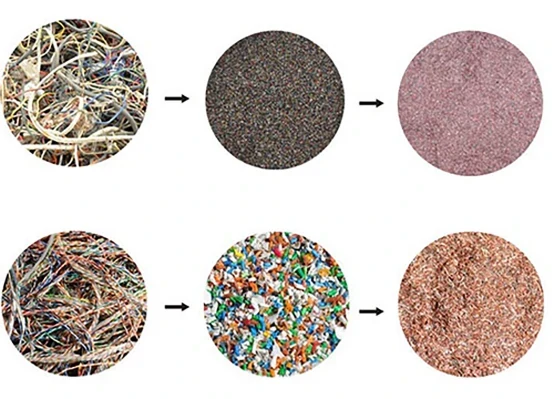
9 月 . 25, 2024 16:11 Back to list
The Importance of Steel Recycling Plants
Steel is one of the most widely used materials in the world, integral to construction, automotive manufacturing, and various industrial applications. Nonetheless, its production process is energy-intensive and environmentally taxing. As global awareness of sustainability and resource conservation has increased, steel recycling plants have emerged as vital facilities in mitigating the environmental impact associated with steel production. This article explores the significance of steel recycling plants, their processes, and their role in promoting a circular economy.
The Steel Recycling Process
Steel recycling involves several stages, starting from collection and sorting to shredding and melting. The process begins with the collection of scrap steel from various sources, including old buildings, vehicles, and usable materials discarded from manufacturing. Once collected, the scrap must be sorted to ensure the metal's purity. This sorting process often uses magnets and advanced sensor technologies to separate ferrous metals from non-ferrous materials and different grades of steel.
After sorting, the scrap steel is shredded into smaller pieces to facilitate melting. These small pieces increase the surface area and enable more efficient melting in electric arc furnaces (EAFs), which are commonly used in recycling plants. EAFs use electric arcs to generate heat strong enough to melt steel without requiring the same high temperatures that traditional blast furnaces do. This method significantly reduces the energy needed to produce new steel, making it a more environmentally friendly option.
Once the steel is melted and formed into new shapes, it can be rolled, processed, and manufactured into new products, thus re-entering the supply chain. This closed-loop system not only conserves valuable resources but also reduces the waste that would otherwise end up in landfills.
Environmental Impact

The environmental benefits of steel recycling are significant. According to the World Steel Association, recycling one ton of steel prevents the emission of approximately 1.5 tons of carbon dioxide. Moreover, recycling steel saves energy; it requires up to 74% less energy to produce steel from scrap than from raw materials. This energy savings translates not only to reduced greenhouse gas emissions but also to decreased reliance on fossil fuels, aligning with global energy sustainability goals.
Additionally, recycling steel minimizes the need for mining new iron ore, which can lead to habitat destruction, soil degradation, and pollution of local waterways. By creating a demand for recycled steel, we not only protect natural ecosystems but promote the responsible use of resources.
Economic Benefits
Steel recycling plants also contribute positively to the economy. They create numerous jobs, from collection and sorting to processing and manufacturing. As the demand for recycled steel continues to grow, these plants are essential for meeting the needs of the construction and manufacturing industries while bolstering local economies.
Furthermore, as industries increasingly seek sustainable practices, companies that utilize recycled steel can enhance their brand reputation and appeal to environmentally conscious consumers. This market pressure results in an economic incentive for businesses to invest in steel recycling operations.
Conclusion
Steel recycling plants play a crucial role in fostering a sustainable, circular economy. They not only reduce environmental impact through lower emissions and energy consumption but also support economic growth by creating jobs and promoting resource conservation. As the world grapples with climate change and depleting resources, the importance of steel recycling becomes undeniable. Encouraging recycling initiatives and supporting steel recycling plants will be essential in building a sustainable future, where the materials we use do not deplete our planet but instead are continually reused and repurposed for generations to come.
Latest news
Unveiling the Power of Eddy Current Separator
NewsSep.25,2024
Transform Your Home Recyclin:home metal shredder
NewsSep.25,2024
The Future of Waste Management with Recycling Line Picker
NewsSep.25,2024
The Benefits of a Metal Recycling Plant
NewsSep.25,2024
Revolutionize Material Separation with Onwang Technology
NewsSep.25,2024
Innovative Waste Management: Unveiling the MSW Sorting Plant
NewsSep.25,2024